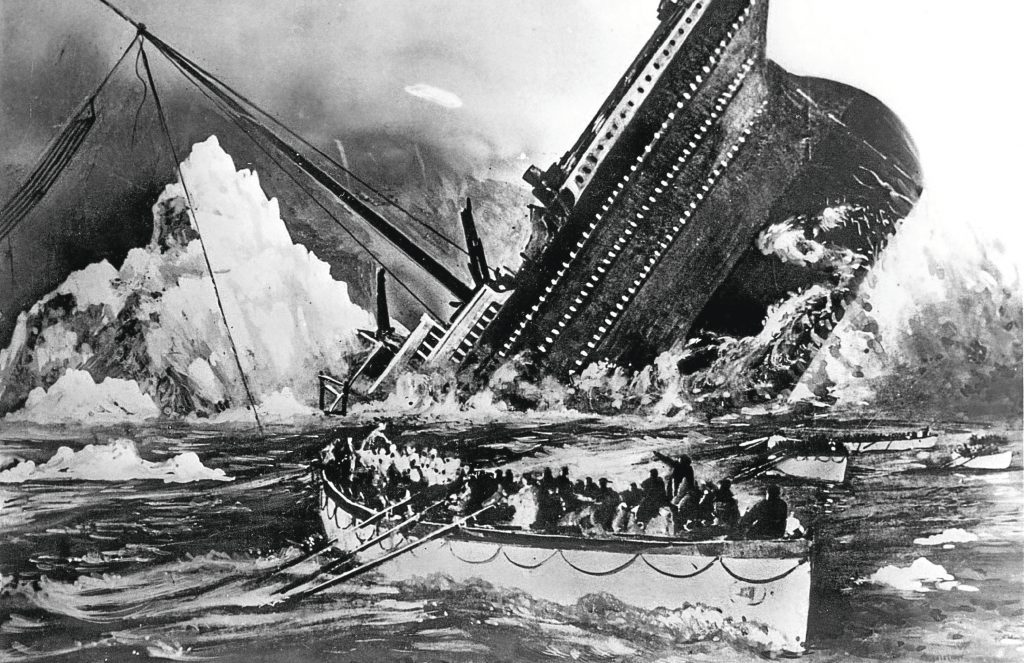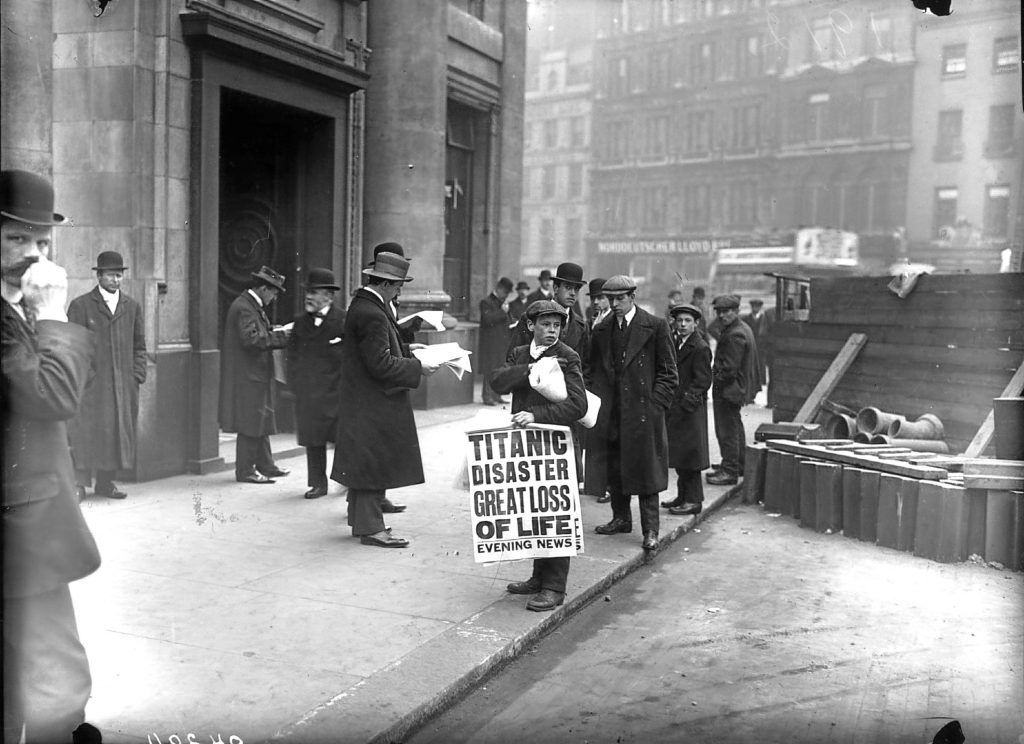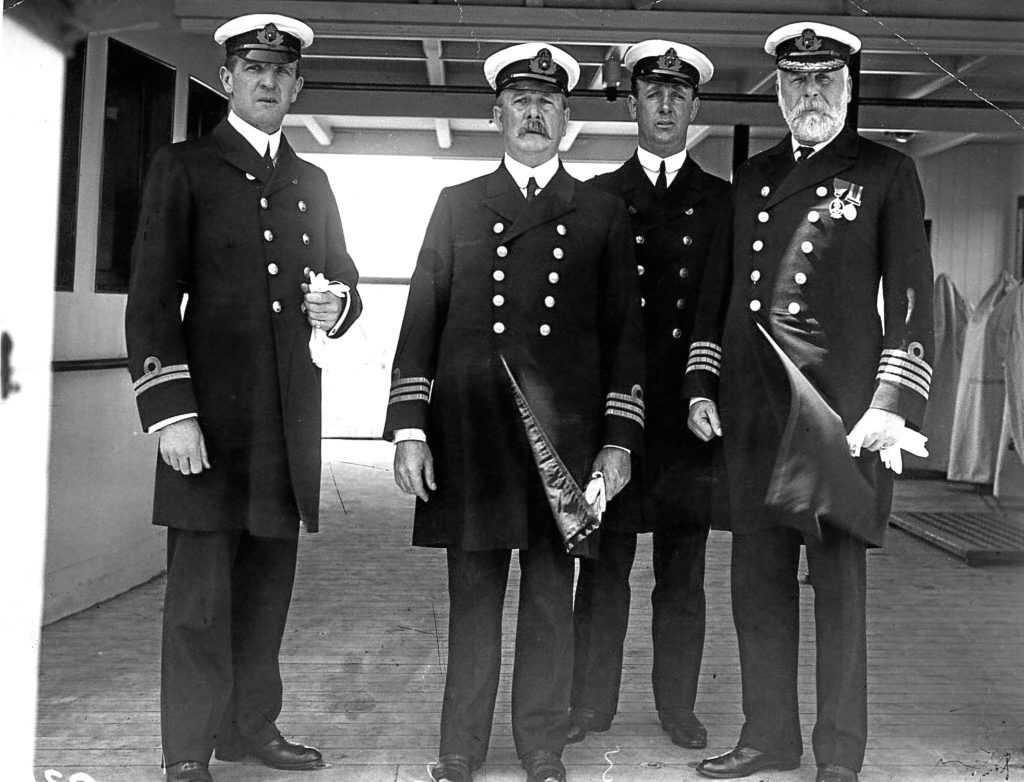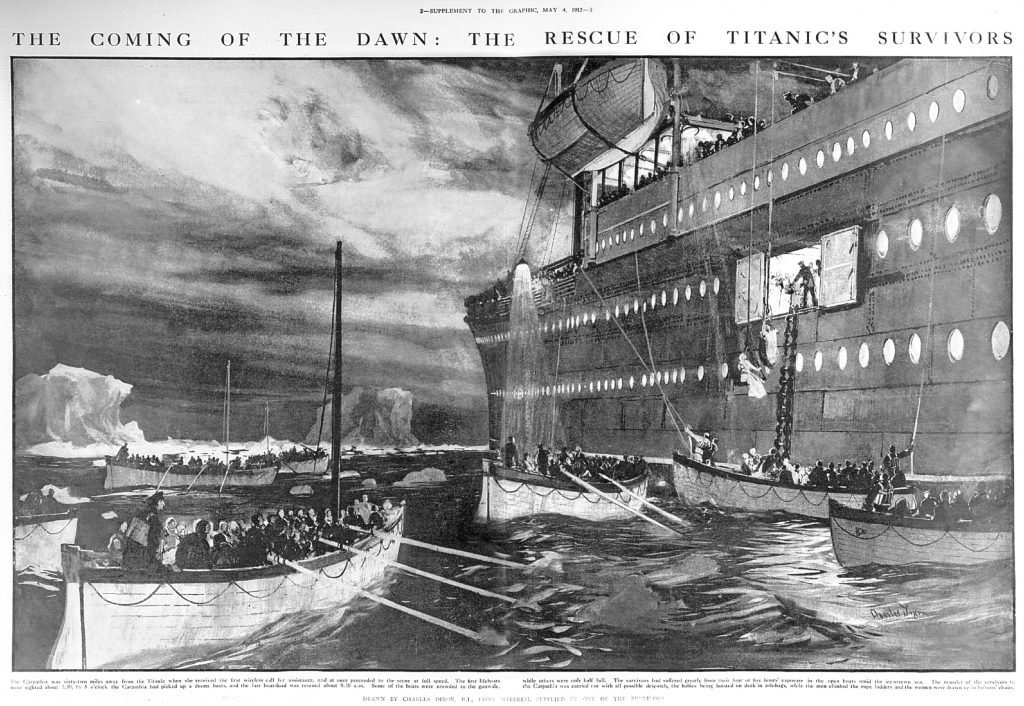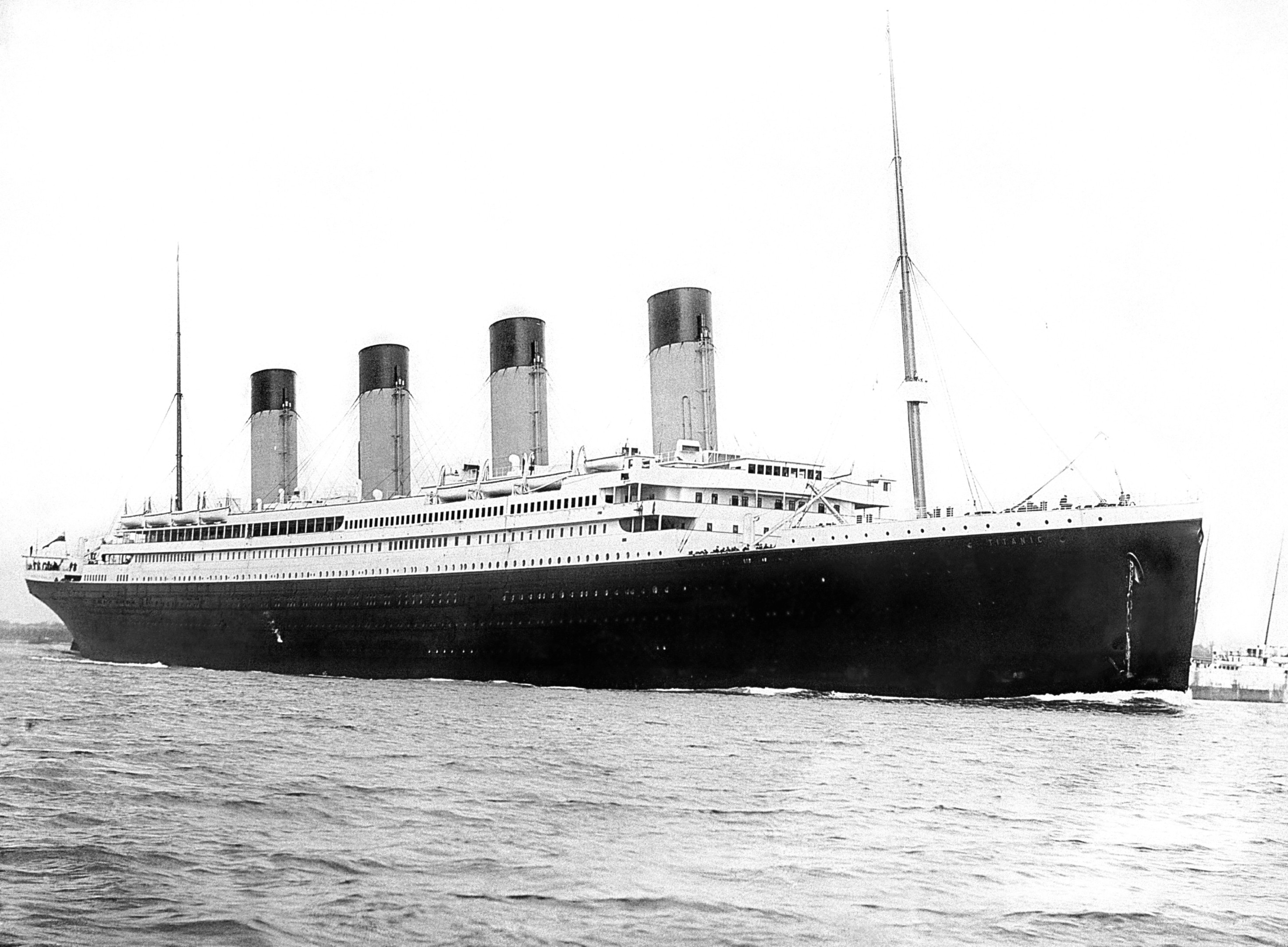
APRIL 15 will be exactly 105 years since the Titanic sank, an event that has inspired songs, films, books, and as many myths as facts.
It would be more than 70 years before her wreck was found, split in two at the bottom of the sea, and even now there are as many questions as answers about why she sank.
We do know that the magnificent passenger liner hit an iceberg the night before, on her maiden voyage, and that she didn’t have enough lifeboats for everyone on board.
But there has always been doubt about some events, claims and counter-claims, and perhaps we’ll never know every detail for sure.
The ship’s beginnings, though, and tragic ending are the stuff of legend, and to mark the 105 years we present some of the key dates that led up to the tragedy.
MARCH 31, 1909
ON this day, Titanic’s keel was laid down and the building of the ship began.
The same firm who built the Forth Bridge and Tower Bridge had created a massive gantry to house the ship as it came together.
MAY 31, 1911
WITH a slipway lubricated by 22 tons of soap, Titanic was finally launched just after noon, with over 100,000 there to witness it slide into the River Lagan, Belfast.
Over the next year, her magnificent interior would be fitted out, along with engines, funnels and all mod cons added.
Titanic would boast a wonderful gym, the awesome Grand Stair Case we would come to know in the hit film, and one of its restaurants run by a famed Italian chef.
The kind of luxury, in other words, passengers expect in the modern era, and its best suites cost equally astronomical prices!
APRIL 9, 1912
WHEN David Blair left the ship having been told he was being replaced by new crew, he would have had no inkling of what the near future held for him personally.
Born in Broughty Ferry, Dundee, it’s thought he was given such short notice that he accidentally kept a key to the storage locker that contained binoculars meant to be used by the crow’s nest lookout.
He certainly wanted to be on board — Blair wrote a postcard home, saying: “This is a magnificent ship, and I feel very disappointed I am not to make her first voyage.”
Others have suggested that Blair left the binoculars in his cabin, while a third theory claimed he had taken the binoculars, not just the keys, away with him.
Whatever the truth, a Chinese jewellery boss spent a fortune on the key 10 years back, and they are on display in Nanjing now.
APRIL 10
IT was just after 9.30 in the morning when passengers began to arrive at Southampton Terminus railway station alongside the ship.
Others came on board in France and Ireland, at Cherbourg and Queenstown.
APRIL 14
TEMPERATURES were mild the previous day, but Titanic experienced a drop on this day, and was hit by eight-foot waves.
By evening, though, things were much calmer if very cold, but the Titanic crew began to get messages from other ships, warning of drifting ice around the Grand Banks of Newfoundland.
She kept going at full speed, which was standard procedure then, in an era when timely arrivals were paramount and moving ice was seen as posing little peril to vessels as big as Titanic.
A German liner, SS Kronprinz Wilhelm, for instance, had hit an iceberg but still been well capable of completing her voyage, so there was definitely a bit of complacency.
It was at 11.40pm that Frederick Fleet, a lookout, spotted an iceberg ahead and warned the bridge immediately.
The First Officer, William Murdoch, ordered Titanic to be steered around the iceberg, and for the engines to be put into reverse.
It was already, however, too late to avoid it, and the ship’s starboard side collided with the ice.
Below the waterline, a series of holes were made, and it didn’t take long for it to become all too obvious that the ship was doomed.
Watertight compartments were being flooded at an alarming rate, five of them, and it was generally understood that just four affected would make her sink.
Titanic began to sink bow-first, but she only had lifeboats for half the people, and the women-and-children-first rules led to more men losing their lives.
It was 2.20 the next morning, two hours and 40 minutes after hitting the iceberg, that the rate of sinking suddenly increased, with Titanic’s forward deck dipping under the water.
The sea poured in through every hatch, and there was a horrendous noise as the vessel began breaking in two.
Almost everyone who went into the frozen waters would have perished of cardiac arrest or similar shocks.
Just 13 of these people were hauled into lifeboats, although another 500 people could have got into them if they had been able to.
None of the ships that picked up distress signals could reach her before she was gone, with one radio operator reckoning it would have been six in the morning before his liner could get to the scene of devastation, and RMS Carpathia only got there around four.
Just over 700 people lived to tell the tale, with the Carpathia taking them to New York — 1,500 had died.
The captain of Carpathia said it was an ice field, with 20 large icebergs of up to 200 feet high and many smaller ones, along with ice floes.
APRIL 18
THREE days after leaving the scene, Carpathia reached New York at 9.30am, with 40,000 there to help if they could.
For the ship and 1,500 souls left behind, though, there was no such hope.

Enjoy the convenience of having The Sunday Post delivered as a digital ePaper straight to your smartphone, tablet or computer.
Subscribe for only £5.49 a month and enjoy all the benefits of the printed paper as a digital replica.
Subscribe